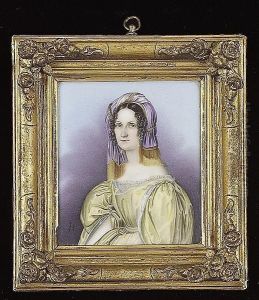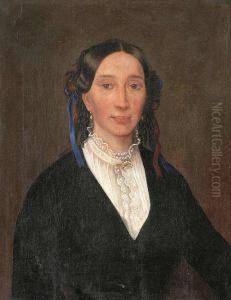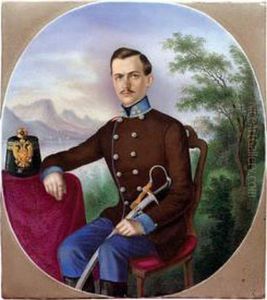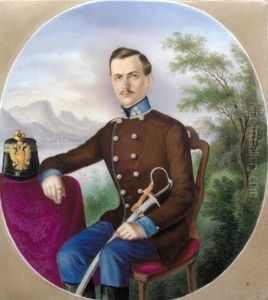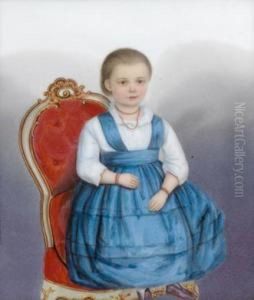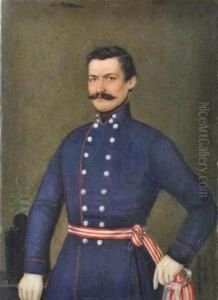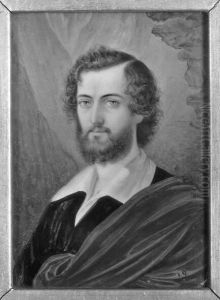Johann Zacharias Quast Paintings
Johann Zacharias Quast was a relatively obscure figure in the realm of art history, primarily known for his contributions in the early to mid-18th century. Born in 1686, Quast operated in a period of European art that was marked by the transition from the Baroque to the Rococo styles, though there is limited specific information on the stylistic characteristics of his work or the exact genres he favored. His contributions to the art world, while not as widely recognized as those of his contemporaries, still offer valuable insights into the artistic trends and practices of his time.
Quast’s life and career were situated within the context of significant historical and cultural developments in Europe. The 18th century was a period of enlightenment, characterized by a burgeoning interest in science, philosophy, and the arts. Artists of this era were increasingly exploring new themes, techniques, and forms, moving away from the religious and historical subjects that had dominated previous eras to include more secular, intimate, and decorative subjects. While specific details about Quast's own artistic endeavors are scarce, it can be surmised that his work was influenced by these shifting paradigms.
Little is known about Quast's training or personal life, and his legacy is largely derived from a handful of works attributed to him and mentions in contemporary accounts. The lack of comprehensive records on Quast's exhibitions, patrons, or detailed biographical information makes it challenging to fully assess his impact on the art world. However, his existence in this transformative period suggests that he was part of the broader movement towards embracing the aesthetic and philosophical ideals of the Rococo.
Johann Zacharias Quast passed away in 1753, leaving behind a legacy that, while not well-documented, contributes to the understanding of 18th-century European art. His life and work are emblematic of the many artists of his time who may not have achieved widespread fame but nonetheless played a role in the evolution of artistic styles and tastes. Through the study of artists like Quast, historians can gain a more nuanced understanding of the period, recognizing the diversity of artistic expressions that coexisted and influenced each other in this dynamic era of European art.
